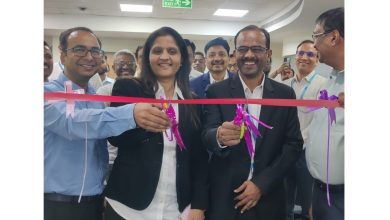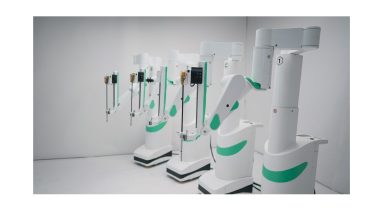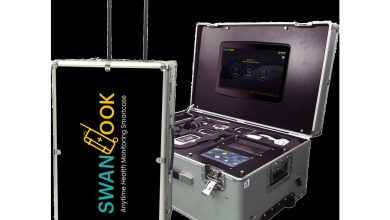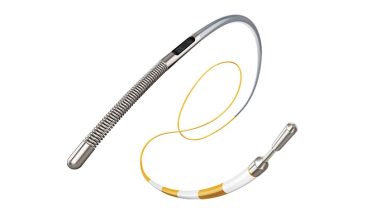Opinion Divided on Schemes for Domestic Medical Device Manufacturing
Goals need to be more realistic says industry
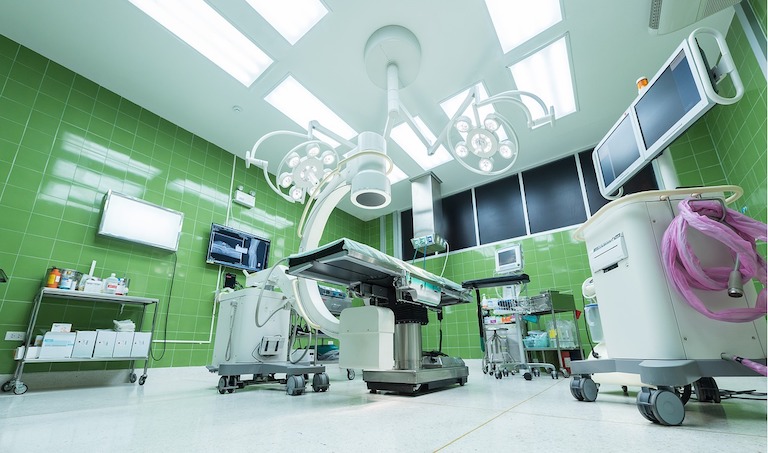
Recently, the Indian Government came out with four schemes for promotion of domestic manufacturing of bulk drugs and medical devices. Among this was the Production Linked Incentive (PLI) scheme for promoting domestic manufacturing of Medical Devices. The scheme intends to boost domestic manufacturing of medical devices in four target segments by giving financial incentives on sales; to a maximum number of 28 selected applicants for a period of 5 years. Financial incentive will be given at a rate of 5 per cent of the sales of domestically manufactured medical devices. The incentives would be subject to annual ceilings communicated in the approval letter the incentives would be available from FY 2021-22 said the govt.
However the industry opinion is divided on the way these incentives encourage domestic manufacturers? How will these incentives offset the high cost of manufacturing? Does the eligibility criteria work to the advantage of the bigger players or for the value chain as whole? These are some of the questions we put across the industry and here is what they have to say.
Rajiv Nath , Forum Coordinator, AiMeD (Association of Indian Medical Devices Industry)
We are excited by the focus Medical Devices Industry is finally having and the keen interest being taken by Govt of India to making medical devices in India to be a rewarding experience. The limited PLI scheme is designed to attract large value investors in select four high technology segments of medical devices where import dependence is very high and we welcome them to India. AiMeD is in discussions with various state Govt to set up medical devices parks & infrastructure to strengthen existing clusters to translate our vision to make India to be one of Top 5 manufacturing hubs of medical devices.
Anjan Bose, Medical Device Veteran, Former Founding Secretary General of NATHEALTH(Healthcare Federation of India); Former President of Philips Healthcare & Consumer Lifestyle, India & South Asia
Recent announcement by the Govt. on launching four schemes of Dept of Pharmaceuticals should act as a refreshing booster dose for promotion of domestic manufacturing of medical devices and bulk drugs.This innovative and probably industry first PLI(Production linked scheme) should act as a much-needed positive enabler and accelerator of domestic manufacturing and will go a long way towards making MedTech, Pharma and overall Indian Healthcare more “Atmanirbhar”.
The recent pandemic has corroborated the serious risk in over-dependence on imports especially of critical medical products like Ventilators, PPEs etc..India has more than adequate talent, managerial, technical and clinical, to come out with value-for-money products with adequate specifications especially in the domain of quality and safety of patient care.
The four target segments for medical devices have been chosen carefully and prudently…cancer care/radiotherapy, radiology & imaging including nuclear imaging, anaesthetics/cardio-respiratory including catheters & renal care, all implants including implantable electronic devices are excellent target segments, considering demand-supply gap and sustained needs.
The scheme, with pretty sharp deadlines, also appears to be offering sufficient flexibility and transparency to act as an incentive for the industry to respond to the challenge thrown at it and the support assured. The total financial outlay of the PLI scheme, estimated at Rs.3420 crore seems to be a good first step in the Government’s support to the Pharma and MedTech industry for making investment in domestic production attractive.
It’s worth highlighting that the FDI policy in these sectors are quite liberal, this enabling factor and even the effective tax rate of about 17% (including surcharge and cess) should help the industry to respond positively to this new scheme. As the saying goes, ‘seeing is believing’, let us wait optimistically and watch the developments in the coming months.
Vishwaprasad Alva, Founder and Managing Director, Skanray Technologies
The government had notified the Electronics System Design and Manufacturing (ESDM) scheme in 2015 to promote large scale manufacturing in the country. This was suppose to offset disability and attract investments in ESDM Industries. The scheme provides incentive for investments on capital expenditure- 20% for investments in Special Economic Zones (SEZs) and 25% in non-SEZs. The government should fund these ESDM projects sanctioned five years ago and complete them before announcing new ones. It is disheartening to see the progress with the already sanctioned projects by Ministry of Electronics and Information Technology; Department of Science and Technology.
Jatin Mahajan is the managing director of J Mitra & Co. Pvt Ltd
While it is a good start that various Government departments and Ministries are cognizant of the various issues ailing the Indian Medical devices segment and looking actively at addressing the policy concerns, so far, the progress has been too far and too less. Under the aegis of AiMED, we have made numerous representations to the government highlighting the various issues and concerns, and the proposed policy changes and amendments are in line with some of these representations.
There is still a lot that needs to be look at, and addressed proactively. The current environment is choking the domestic segment, and driving them to a slow death. The just announced PLI scheme does not take into account the various disadvantages and constraints that the Indian devices manufacturers face vis-à-vis the foreign manufacturers. This disability is up to the tune of 15 per cent, and this results in the business balance tipping in favour of “exported-to-India” products. This is not in line with the government’s Aatm Nirbhar or Make-in-India initiative.
While the Indian manufacturers are investing heavily to create a robust manufacturing infrastructure that makes India self-reliant and creates job opportunities and boosting India as a global manufacturing hub, the foreign players are just looking at an opportunity to profiteer from the available opportunity in India without any commitment towards its overall economic growth. And yet, these Indian manufacturers get no benefits and encouragement for their initiatives and commitment, while they continue to strive to place India prominently on the global pharmaceutical and medical devices map.
The Indian Government’s current stand related to Covid-19 procurement seems to be in contrast to its Make in India initiative since the focus has been towards procuring from foreign companies and neglecting home-grown Indian companies with much better track record. This has created a high-capacity, low-demand situation for Indian companies. The recommended action-points therefore are:
- Correcting the duty structure
- Incentivising domestic production
- Better financial benefits for domestic producers in the MSME category
- Procurement focus on domestic products as against imported products
- Availability of raw materials and conducive business environments
Gaurav Agarwal, MD – Innvolution Healthcare
This scheme, while well intentioned will not benefit domestic medical device manufacturers. If you look closely, the number of companies in entire medical device space with annual turnover over of 500 crores are in low single digits. An investment commitment of 60 crores for three years and the turnover restrictions makes it non- viable for almost all Indian manufacturers to participate. We strongly urge the government to hold a stakeholder meeting and then take further call.
Ashim Roy, CEO, Cardiotrack
We have mixed feelings about this scheme. After analysis one can clearly see that it is not for the masses. The 18 Cr minimum net worth means every start up, except for ones that are large, are excluded. There is no commitment to ‘Buy in India’. After Covid-19 and Galwan incident, I would have thought ‘Buy in India’ would be the new mantra. There are more than 30 med-tech startup companies in Karnataka. I do not think anyone will qualify for this program. In addition, the Govt now has introduced GST for some of the activities inside SEZ. Policy implementation really could not be much worse. Anyone considering starting a med-tech company which requires manufacturing should think carefully about
- Where is the source material coming from,
- Where are the biggest market opportunities for the product and
- What certifications are required before deployment and then decide if it really makes sense to manufacture in India.
A simpler approach to help encourage startups would have been a detailed plan to produce and buy domestic products. The government could come out with a list of med-tech products that cost less than $2,000. Then invite proposals for manufacturing these in India. follow this by commitment to buy X units per year for next 3-5 years, if the products meet CE standard. The Govt could also provide up to $500,000 in grant or equity. If the intent is to bring real change, the policy or incentive plan should be different.

